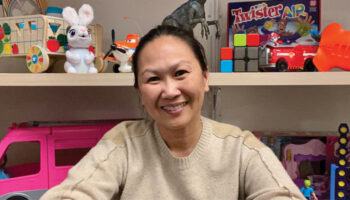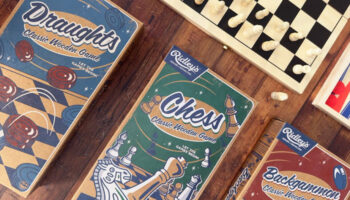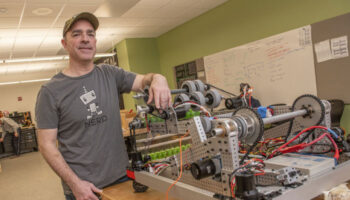Why won’t anyone license my toy or game?
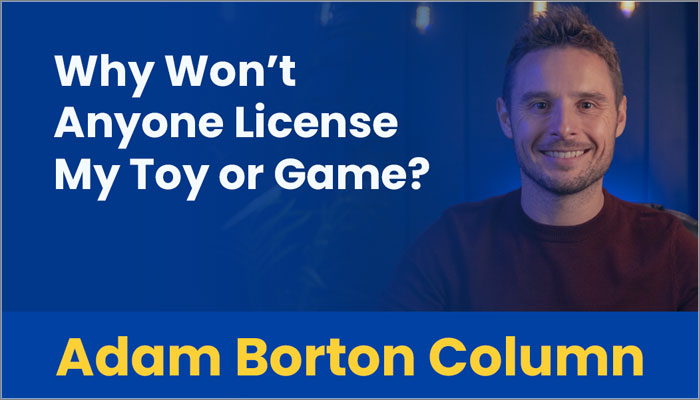
I’ve created a sell sheet and video, I’ve made a prototype, I’ve shown it to every toy and game company on the planet… Why isn’t anyone interested?
I’ve been there and experienced this myself – here’s a snap of me at my first pitching experience in Chicago back in 2014.
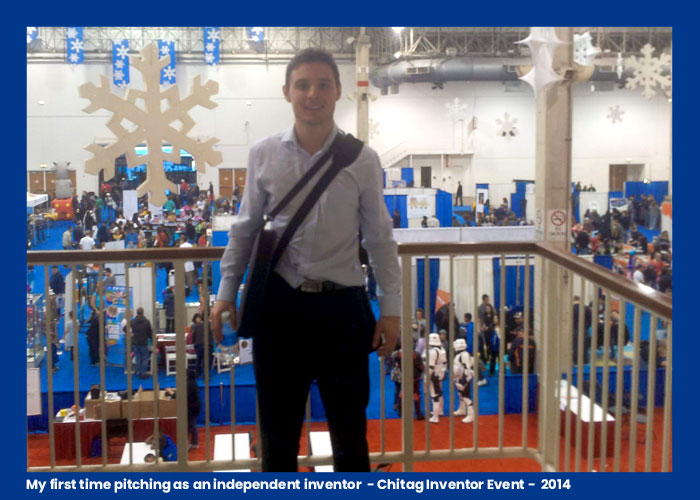
You sit down with a toy or game company, they’re checking their watch or looking at their phone and you’ve got to grab their attention. You get through the pitch and they’ve got a ‘thanks but no thanks’ smile on their face. Next!
I’ve also been in situations where they demand to license a toy or game on the spot before the pitch has even finished. They understand it instantly, they think it’s awesome, their eyes light up and they just say YES!
Why didn’t one company like a product when another one did? Even when they have similar categories! What’s going on?!
The biggest reason is that ‘Product is King’. The toy and game industry runs off products that ‘wow’ people. If you turn up with a boring product that doesn’t look good or play well… I’m afraid it’s game over!
Part of that is creating a ‘looks-like, works-like’ prototype. As much as we all love foam-core, it’s best used for testing out scale and mounting presentation boards, not final prototypes.
Creating prototypes that look and work like the final product might sound daunting but it’s actually a simple process when it’s broken down into bitesize steps – which I’ve done in the Toy and Game School.
MAKING A WORKING PROTOTYPE
Making a working prototype usually involves making it either traditionally or digitally. The traditional way is by hand using existing components with manual tools, such as scalpels, rotary tools, lathes and mills. These are great for speed but often they’re further away from looking like the final product and it’s harder to cost it with a factory.
Also, if you need to make an amendment, you have to completely re-make the part from scratch. If you send the prototype by mail and it – gulp – gets lost in the post, all that work needs re-doing from the start.
The modern way of making fully working prototypes involves using digital tools such as digital sketching, 3D modelling programs, 3D printers and CNC machines. Prototypes may or may not take longer to make than traditional tools, depending on the creator.
The advantage digital tools give you is that you can save backups, you can make a model while you’re asleep (3D printers can work overnight for you!), changes are rapid and repeatable and you’re able to both share and cost models with factories to help sell them (costing a prototype is always helpful).
If a prototype gets lost in the post, it’s much less stressful to re-print parts than making them again from scratch with the traditional methods. I have learnt and used digital tools throughout my career and it’s the future of toys and games, which is why I recommend that as a direction.
COMMUNICATION IS KEY
The second biggest reason for a “no thanks” after a pitch is communication. More precisely, effective communication. For example, if you enter a pitch and your sell sheet has got wet and smudged, or your iPad has run out of battery, whoever you’re pitching to won’t understand your idea. So what are the chances they’ll buy or license it?
This also applies to dry sell sheets and fully charged iPads – they, and you, need to communicate, both visually and aurally, what makes your toy or game so great.
If the idea is blurry in the mind of the person you’re pitching to, they won’t be confident in it and won’t want to take it further. If they have too many questions in their heads about it, same result. Your job is to reduce the amount of questions they have about your toy or game by creating a clear, effective, well-informed presentation.
Toy and game companies are generally pretty good when it comes to reviewing concepts that have been well-thought-through, well-designed and pitched effectively. They don’t have much time, but you shouldn’t need much time to get their attention if you’ve designed and pitched a great toy or game.
If a company requests a prototype to be sent in, great! If they keep it for longer than a few weeks without paying you, then it’s clearly not a high priority so it’s best to get it back so others have the chance to see it.
What if you’ve created the best possible product that you can and your best pitch but still no-one’s interested? Well, you’ve got two options – come up with another idea or revise the existing one.
DEALING WITH FEEDBACK
How do you revise the product when the feedback you have is conflicting? One person says one thing, another person says the opposite!
Feedback is an interesting subject because of the psychology of people. Generally, people like to give their opinions, so most people will, if given the chance, happily give you feedback on your toy or game.
This means that it could be good feedback – or meaningless feedback. Worse than that, it could be incorrect feedback that takes you in the wrong direction and you re-work your product for 12 months, re-pitch it and then it’s still a case of “sorry, not for us.” You did all of that work, used up all of that time and spent all of that money – based on feedback that didn’t help!
How do you know which feedback to listen to? Well, that comes with either experience or specific knowledge about what really matters when creating toys and games.
How do you get that knowledge and also gain the skills to design other great toys or games that are fun, exciting and grab the interest of companies and consumers? Well I’m glad you asked!
That’s why I’ve created the Toy and Game School – to help you navigate the maze of creating and selling toys and games, from someone who has personally designed and sold to the world’s biggest toy and game companies such as Mattel.
No outside design consultancies, no external prototyping companies and no agents necessary (who, while occasionally useful, generally cost a lot upfront or want a percentage afterwards). I have designed and licensed toys and games by myself and you can too!
Follow me on the Social Media channels below (@toyandgameschool) or visit toyandgameschool.com for more – we’re currently offering 40% off before launch!
If you have any questions or you have content and feature requests for the School, you can reach me at [email protected].
—-
To stay in the loop with the latest news, interviews and features from the world of toy and game design, sign up to our weekly newsletter here



